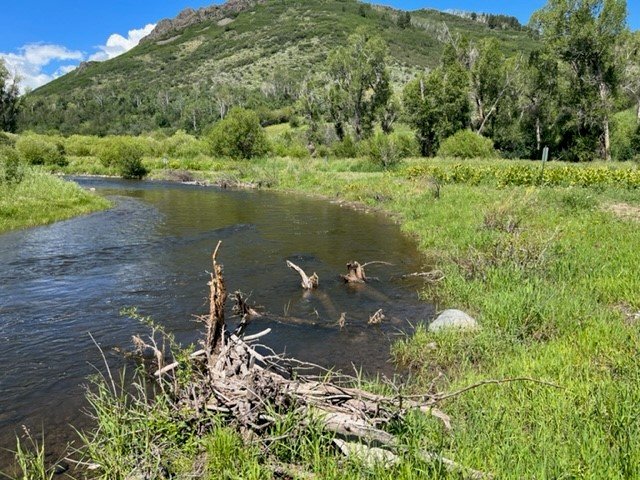RIVER RESTORATION
Most ‘problems’ with rivers we encounter can be traced back to mis-management on the part of humans. Our river restoration efforts seek to facilitate natural function and return rivers as close to their natal state as possible while still serving the needs of the people who use them. By implementing both established techniques, and our own innovative processes, we ensure the long-term health and sustainability of fluvial ecosystems.
Bank Stabilization - We employ a wide array of techniques to stabilize riverbanks, thereby preventing erosion and protecting adjacent land. This helps maintain river integrity, strengthens aquatic habitats, and safeguards infrastructure.
Grade Control Structures - Grade control structures manage the riverbed's elevation, reducing erosion and sediment transport. These structures enhance water quality and create a more stable and resilient river system.
Historic Reconstruction - We restore rivers to their historic conditions by reestablishing natural flow paths and habitat features. This process is a huge boon to ecological function and reconnects rivers with their wider floodplains, spreading the positive effects far from just the banks of the river.
Riparian Zone Improvement and Creation - Enhancing and creating riparian zones entails planting native vegetation and restoring natural landscapes. These zones act as effective natural buffers, improving water quality, providing wildlife habitat, and increasing biodiversity along river corridors.






